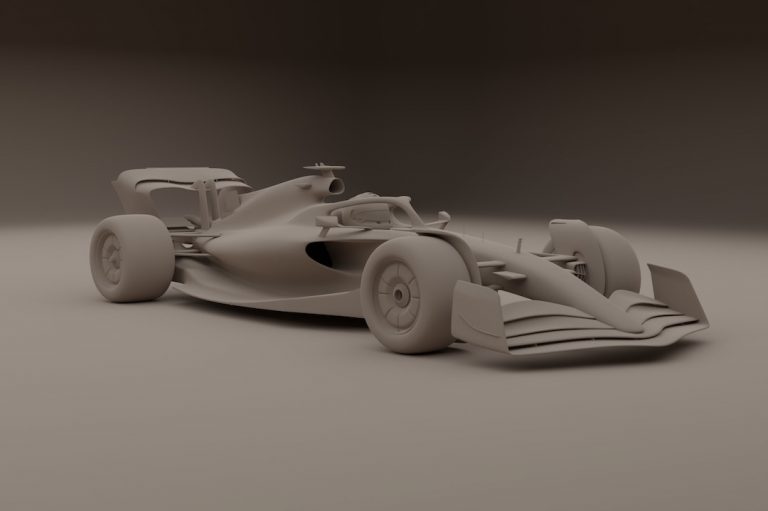Table of Contents
How much does ECV cost?
Purchase an External Cephalic Version (ECV) today on MDsave. Costs range from $3,408 to $5,738. Those on high deductible health plans or without insurance can save when they buy their procedure upfront through MDsave. Read more about how MDsave works.
My baby is breech. Is it okay to get an external cephalic version (ECV)?
Is it worth trying an ECV?
ECV is successful in turning babies to a head down position in four out of ten women in their first pregnancies and in six out of ten women who have previously had a baby. The chance of your baby returning back to the breech position is less than one in 20.
Should I do ECV or C-section?
It's recommended that an external cephalic version be offered to all women who have a baby in breech position at or close to term, where there are no other complications. The procedure has been shown to be successful in around half of all cases and may lower the likelihood that a C-section will be needed.
When should you not do ECV?
However, an ECV is not recommended if: you need a caesarean for other reasons, such as placenta praevia. you have had vaginal bleeding in the past 7 days. there is a problem with your baby's heart rate.
How long after ECV did labor start?
Out of the 67 cases of successful ECV, five (7.46%) fetuses reverted back to either breech presentation or transverse. All of them presented in labour, between 9 and 24 days after ECV, and had emergency caesarean delivery.
External cephalic version (ECV) to turn a breech baby
How long does an ECV take?
What can I expect during an ECV? It can take up to 3 hours from start to finish, as you and your baby will need to be monitored before and after. The turning procedure itself only takes about 10 minutes.
Can ECV harm baby?
Is ECV safe for my baby and I? ECV is generally safe, however, like any medical procedure, rare complications can occur. A small number of women may experience bleeding behind the placenta and/or damage to the womb.
Should I attempt an ECV?
It's recommended that an external cephalic version be offered to all women who have a baby in breech position at or close to term, where there are no other complications. The procedure has been shown to be successful in around half of all cases and may lower the likelihood that a C-section will be needed.
When is ECV not recommended?
Most people can have an ECV if they have a healthy pregnancy. However, an ECV is not recommended if: you need a caesarean for other reasons, such as placenta praevia. you have had vaginal bleeding in the past 7 days.
Does Insurance Cover ECT?
What is the success rate of an ECV?
It is a procedure with a low complication rate, with the most common complication being transient abnormalities of the fetal heart rate,5 and some women experience discomfort or pain during the ECV. The success rate of ECV varies between 45% and 65% in different studies.
Should I go for ECV or C-section?
It's recommended that an external cephalic version be offered to all women who have a baby in breech position at or close to term, where there are no other complications. The procedure has been shown to be successful in around half of all cases and may lower the likelihood that a C-section will be needed.
Evidence on External Cephalic Version for Breech Positioned Babies
Is C-section best for breech baby?
If your baby remains breech towards the end of pregnancy, you should be given the option of a caesarean section. Research has shown that planned caesarean section is safer for your baby than a vaginal breech birth. Caesarean section carries slightly more risk for you than a vaginal birth.
How late can ECV be performed?
Healthcare providers typically perform an external cephalic version at 37 weeks of pregnancy. Before 36 weeks of pregnancy, there is a chance your baby will rotate to a head-down position on its own. After 38 weeks of pregnancy, your baby might be running out of room in the womb, which makes moving them difficult.
What can go wrong with ECV?
ECVs are usually safe, but there are some risks. In rare cases, it can cause changes in your baby's heart rate, tearing of the placenta, and preterm labor. The procedure is usually done near a delivery room in case you need an emergency C-section.






